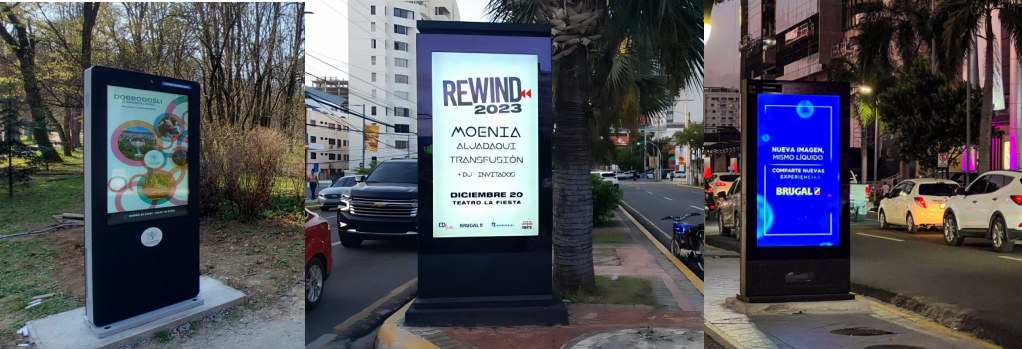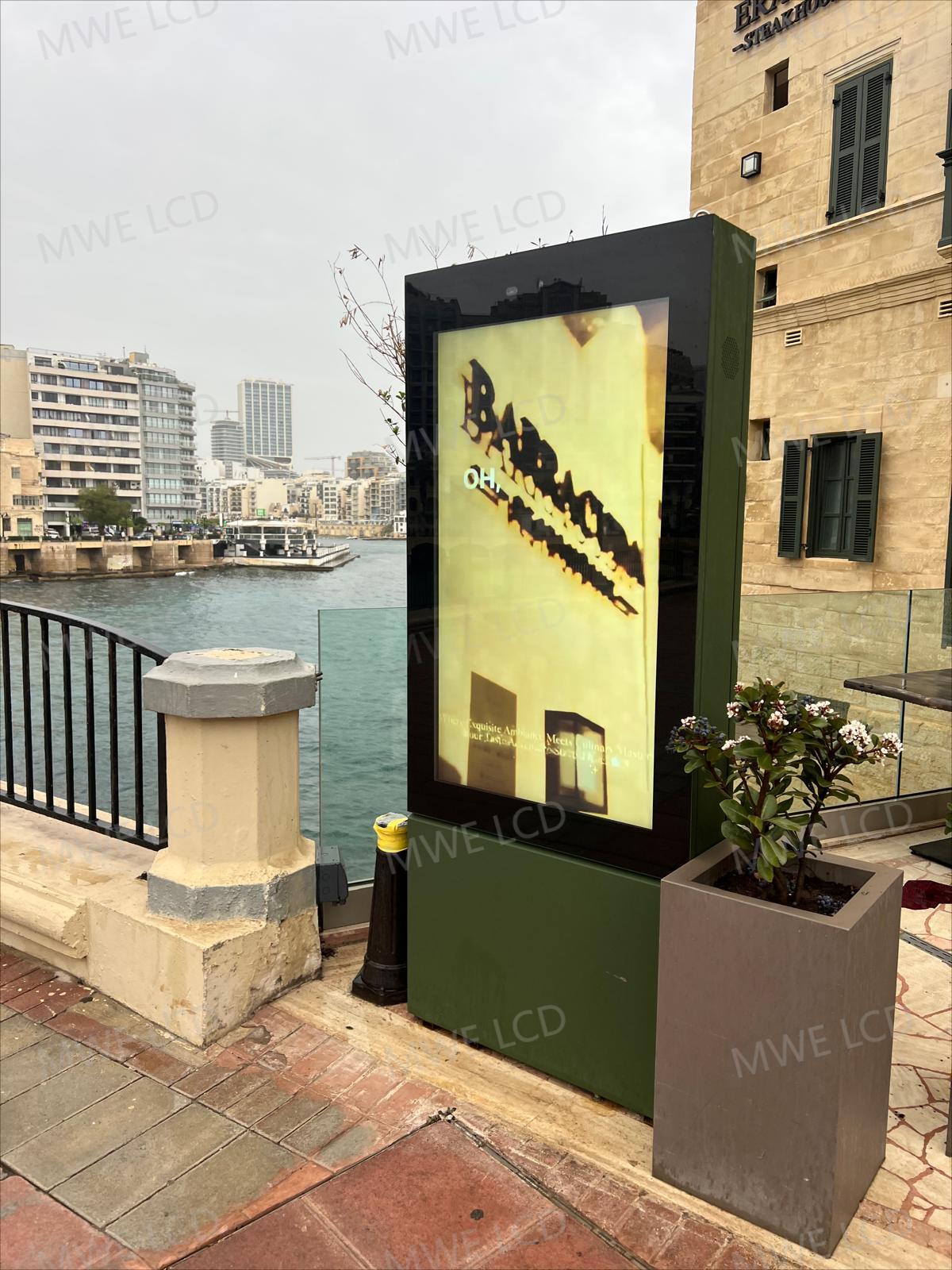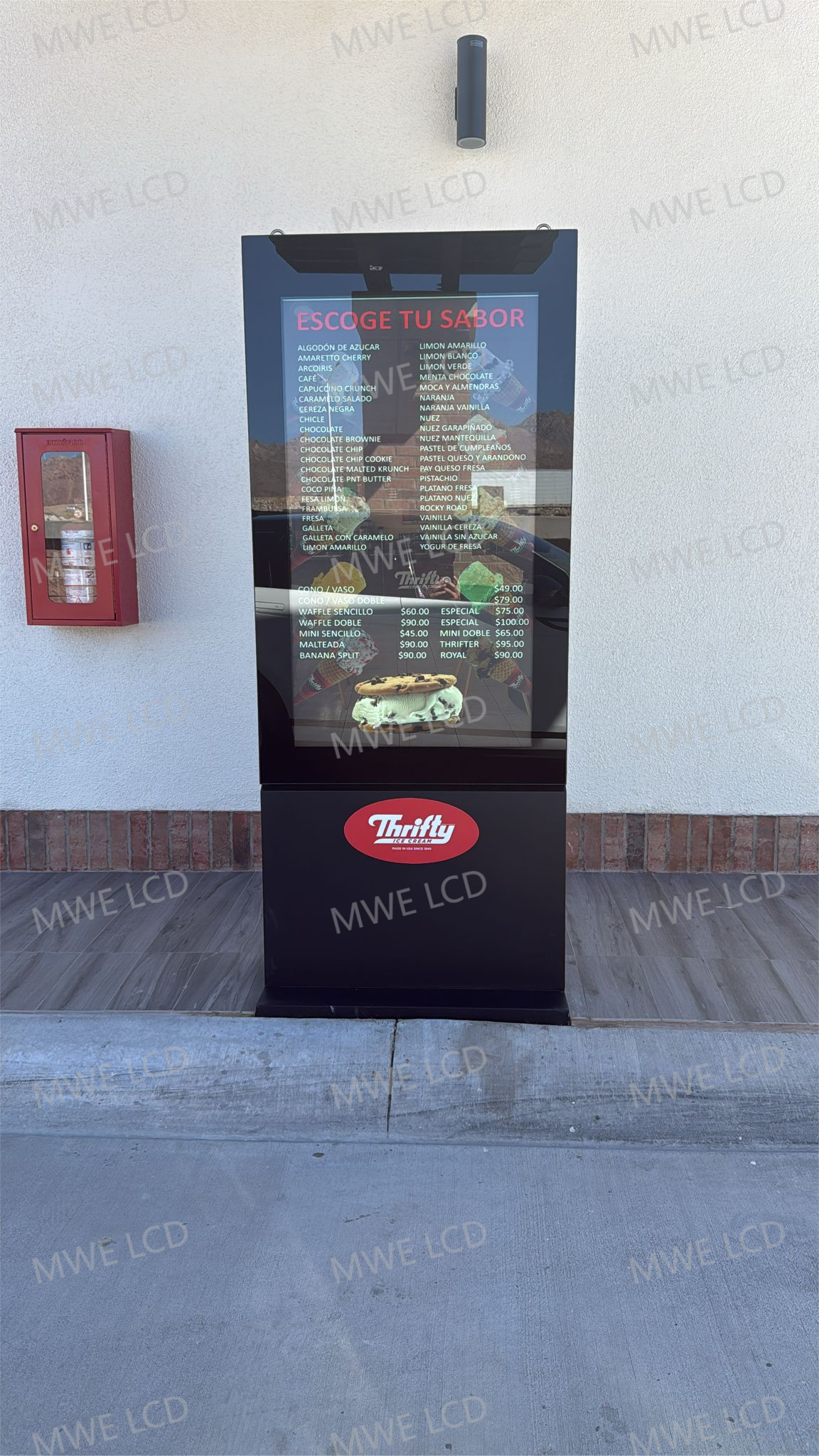In today’s fast-paced world, outdoor digital signage has become a key tool for businesses looking to capture the attention of consumers. Whether you’re walking through a busy city center or driving down a highway, digital displays have a way of standing out, grabbing attention, and communicating a message in a matter of seconds. As technology continues to evolve, so does the potential for outdoor digital signage to transform how businesses engage with their target audience.
Why Outdoor Digital Signage?
Outdoor digital signage offers several advantages over traditional static billboards and posters. Firstly, digital signs allow for dynamic content that can be updated in real time. This means businesses can adjust their messages based on the time of day, weather conditions, or even current events, ensuring that their advertising is always relevant. For example, a restaurant can promote breakfast specials in the morning and shift to dinner deals by evening—all from the same sign. This level of flexibility is impossible with traditional signage.
Another key advantage is the ability to capture attention through motion and bright visuals. Unlike static advertisements, digital displays can use animation, video, and scrolling text, which naturally draws the eye and keeps people engaged longer. With attention spans getting shorter, this ability to quickly grab attention can make a significant difference in how effectively a business communicates with potential customers.
Applications of Outdoor Digital Signage
The applications of outdoor digital signage are vast and versatile, making them suitable for various industries. Retailers, for example, use digital signage to display promotions, upcoming sales, or new product launches. Airports and train stations employ digital displays for real-time updates on departures, arrivals, and delays, enhancing the customer experience by providing useful and timely information.
In urban settings, smart cities are embracing digital signage for a variety of purposes beyond advertising. Digital billboards can be used to share emergency alerts, traffic information, and public service announcements. Sporting venues, entertainment districts, and concert arenas also rely on outdoor digital signage to enhance visitor engagement with real-time scores, event information, and interactive content.
Key Considerations for Implementing Outdoor Digital Signage
When implementing outdoor digital signage, there are several factors to consider to ensure its effectiveness. One of the most important considerations is the location. High-traffic areas like busy streets, transportation hubs, and public squares are prime locations for digital displays, as they offer maximum visibility. However, simply placing a sign in a crowded area isn’t enough; businesses need to make sure their message is clear, concise, and visually appealing to stand out in these competitive spaces.
Weather resistance is another important factor, as outdoor signage is constantly exposed to the elements. Whether it’s blazing sun, heavy rain, or freezing temperatures, digital signs must be built to withstand a range of environmental conditions. Modern outdoor digital signage is designed with durable materials and advanced technology to ensure that the screens remain clear and functional no matter the weather.
Additionally, the content strategy for outdoor digital signage is crucial. Unlike indoor digital displays where viewers may have more time to absorb information, outdoor signage needs to convey a message quickly and effectively. This means using bold visuals, short phrases, and eye-catching colors to communicate the message in just a few seconds.
The Future of Outdoor Digital Signage
As technology continues to evolve, the future of outdoor digital signage is bright. Innovations such as artificial intelligence (AI), data analytics, and 5G connectivity are already starting to transform how businesses interact with customers through signage. For instance, AI-powered digital signs can adjust content based on the demographics of people passing by, creating personalized advertising experiences. Additionally, data analytics can provide valuable insights into how effective certain messages are, allowing businesses to continuously optimize their campaigns.
Another exciting development is the integration of interactivity. Touchscreens, gesture control, and QR code integration are already being used in some digital signs to encourage audience engagement. This not only makes the signage more interactive but also creates a direct connection between the brand and the consumer.
Conclusion
Outdoor digital signage is no longer just a trend; it’s an essential tool for businesses looking to stay competitive in today’s fast-paced marketing landscape. With its flexibility, dynamic content, and ability to engage audiences quickly, outdoor digital signage offers an unparalleled opportunity for businesses to connect with their target audience. As the technology continues to evolve, the potential for digital signage to revolutionize marketing strategies will only grow, making it an exciting space to watch in the years to come.




